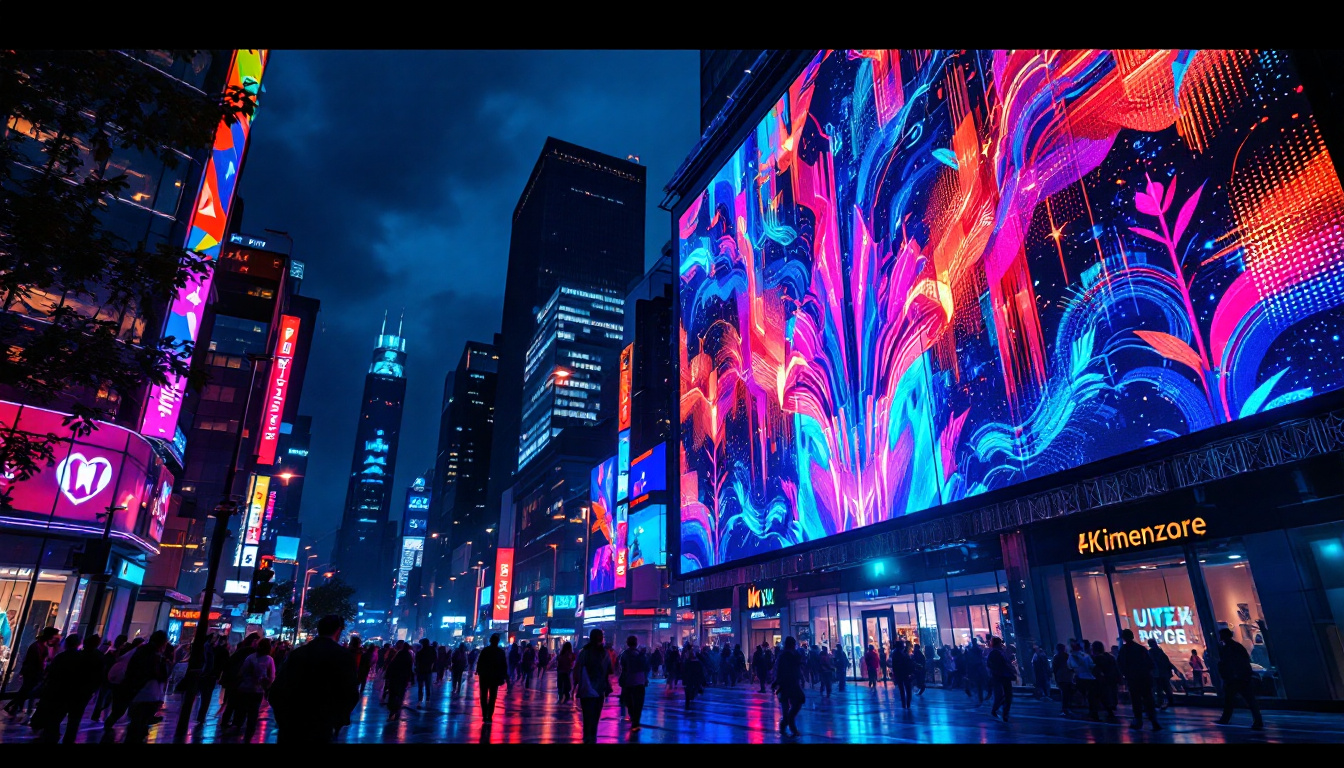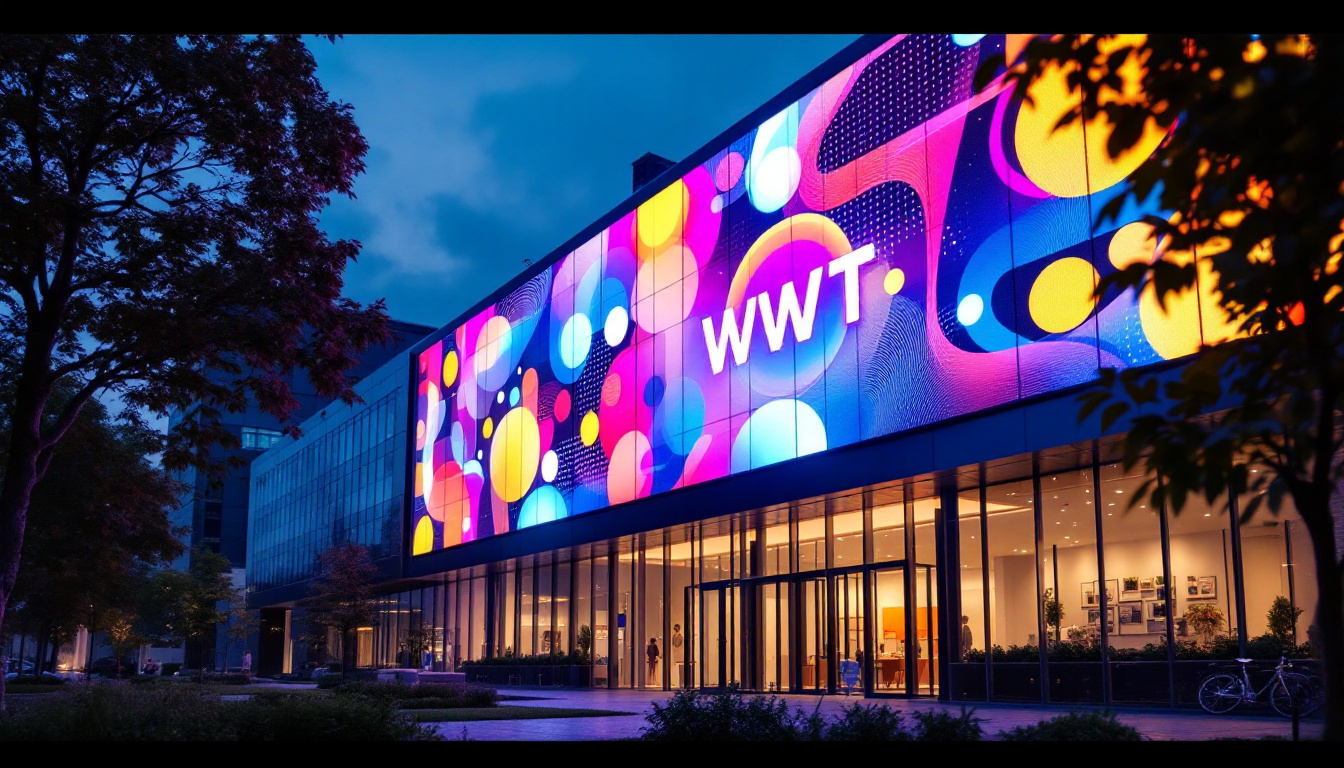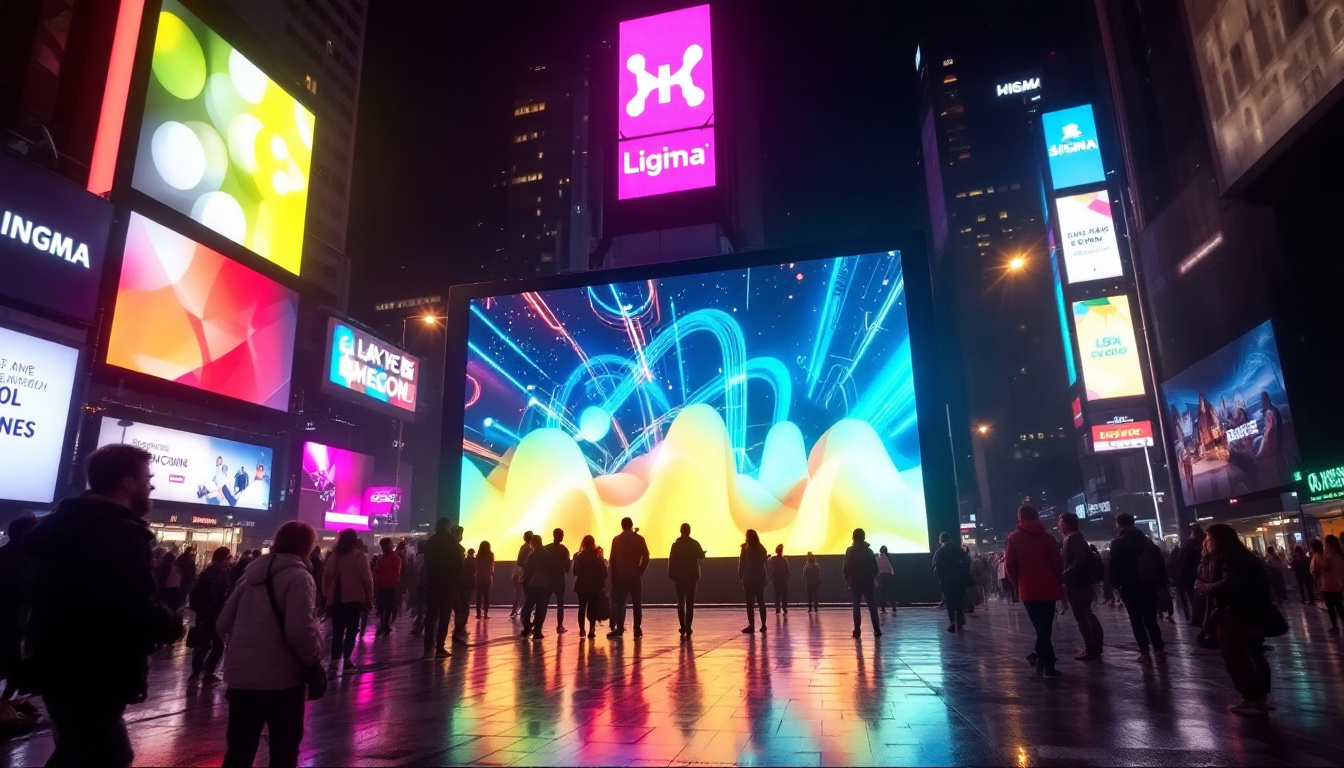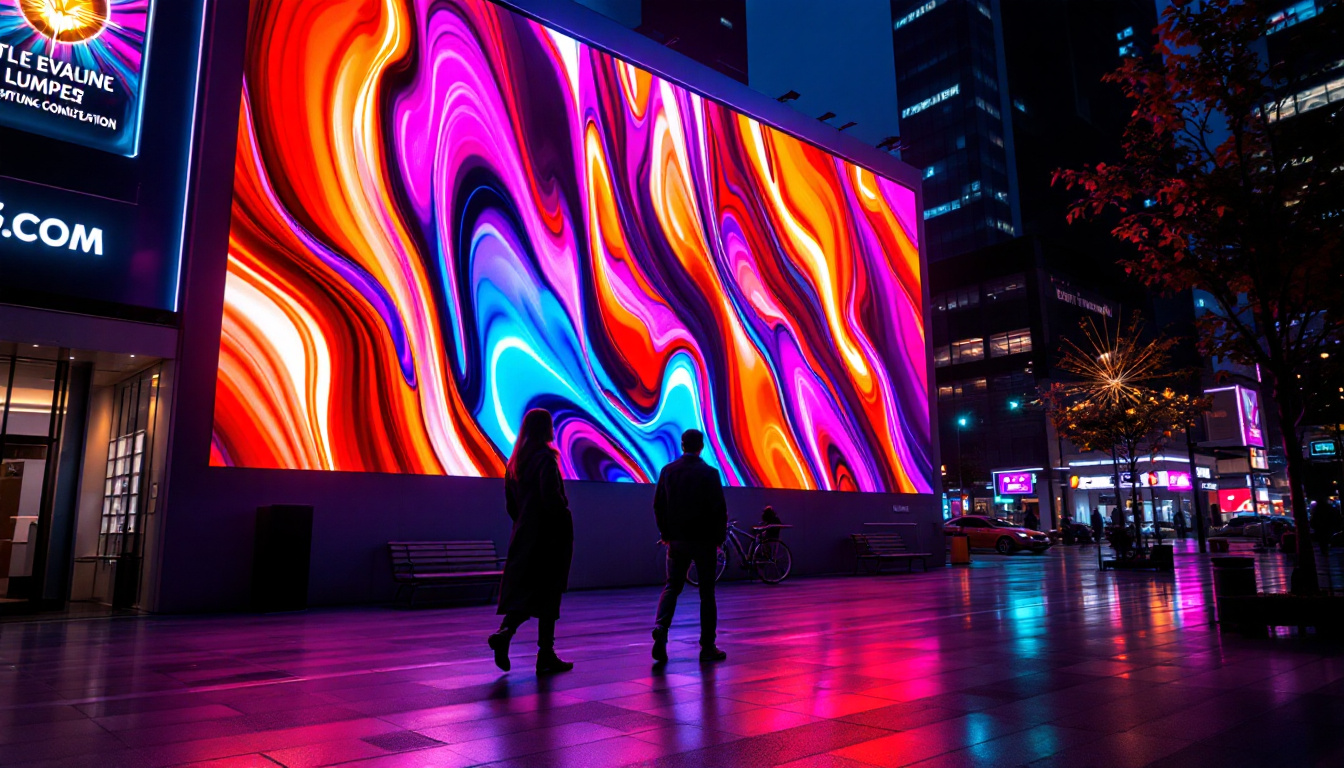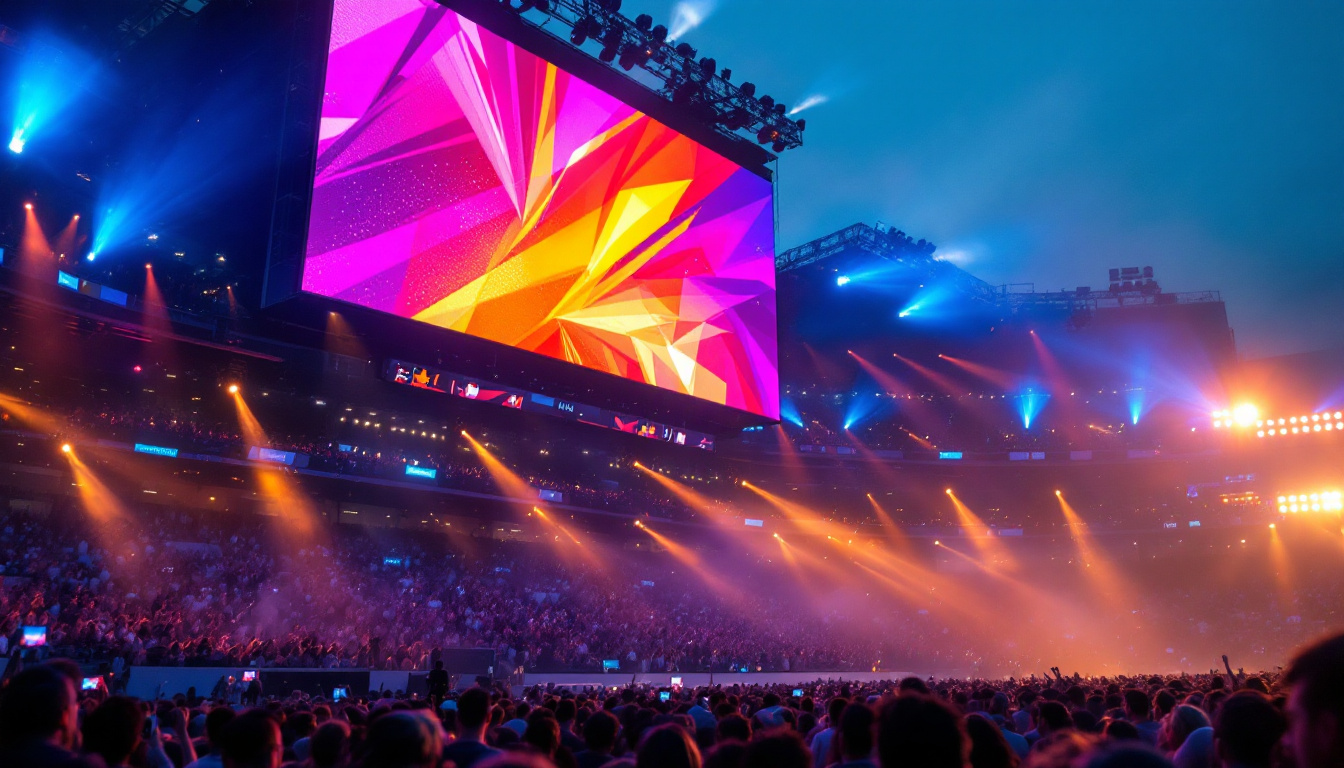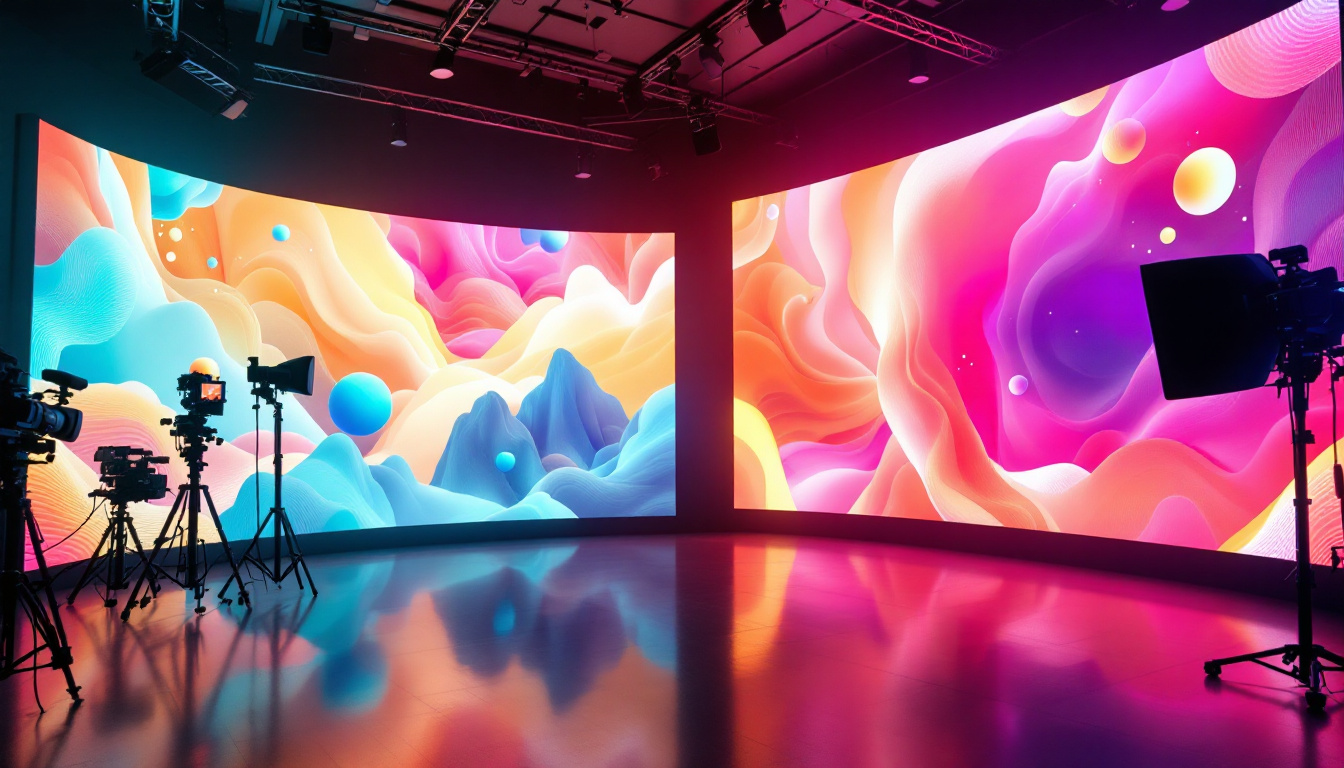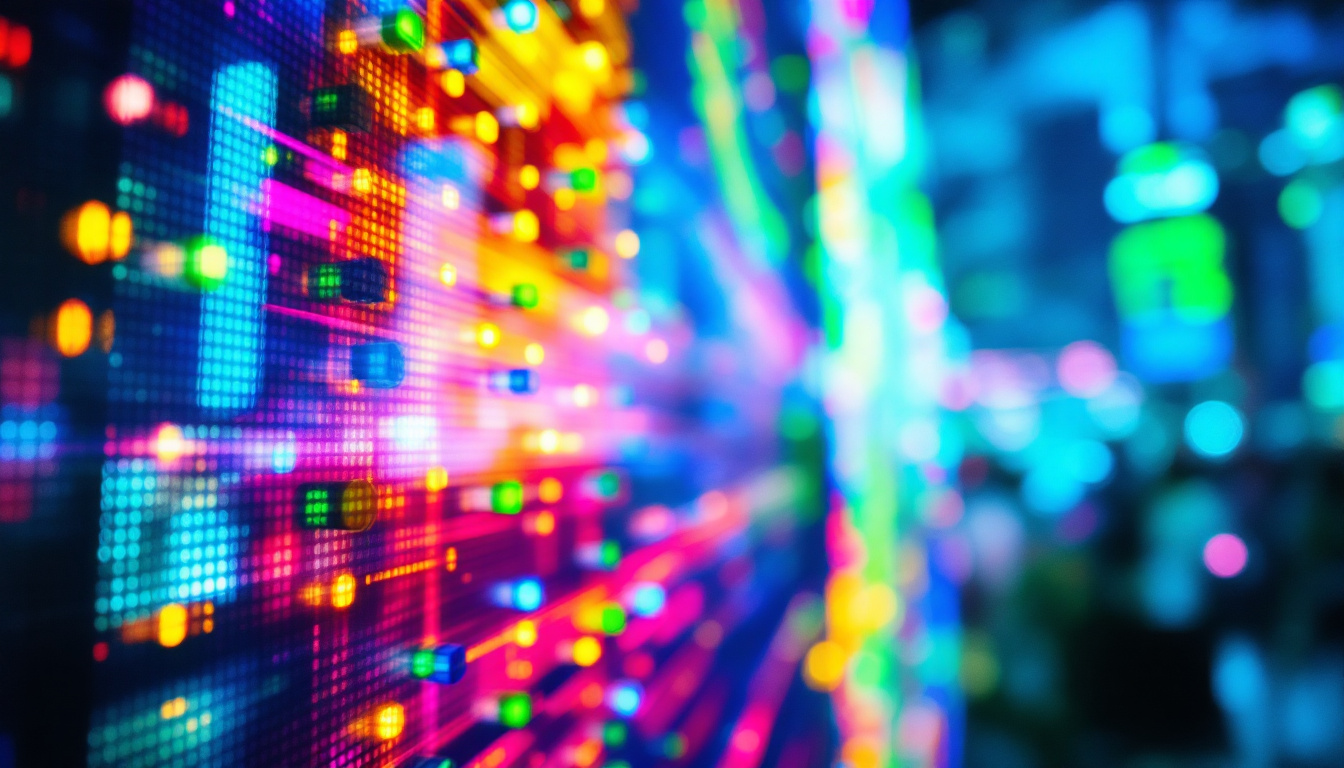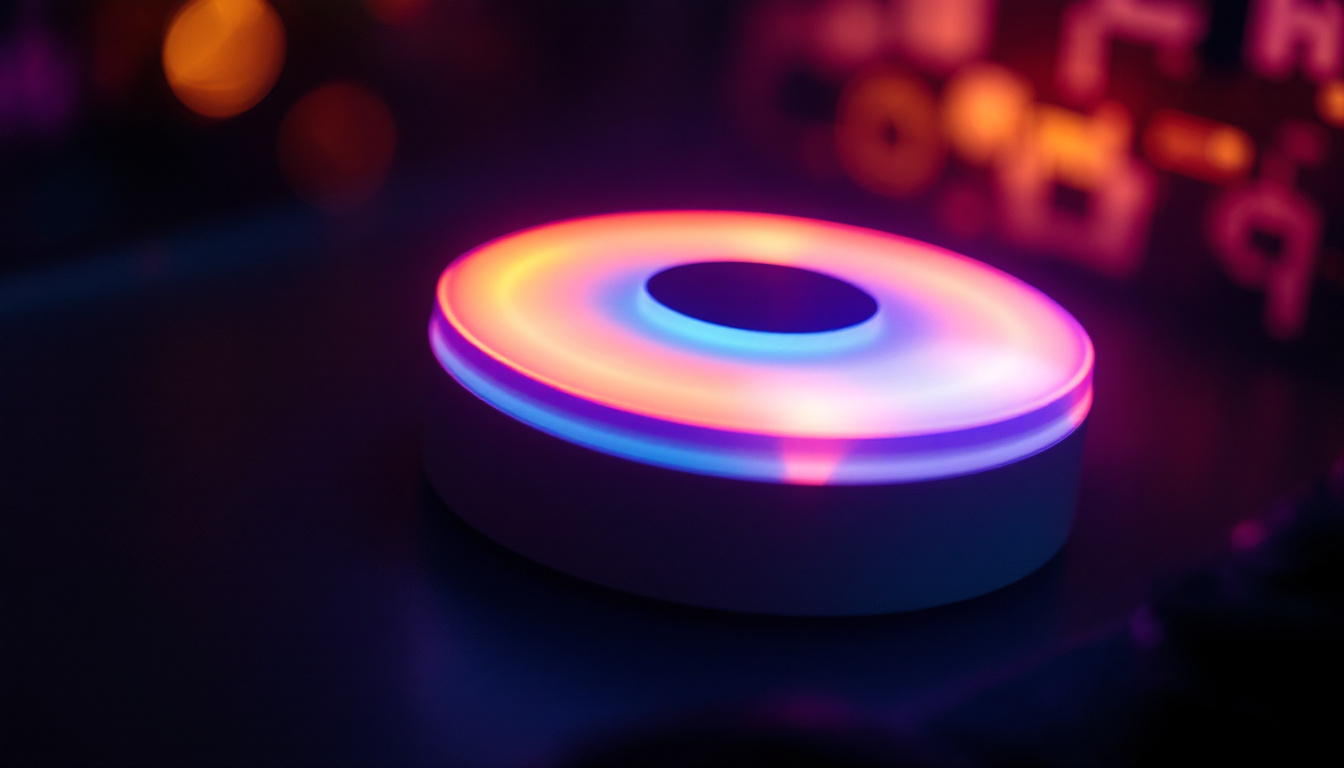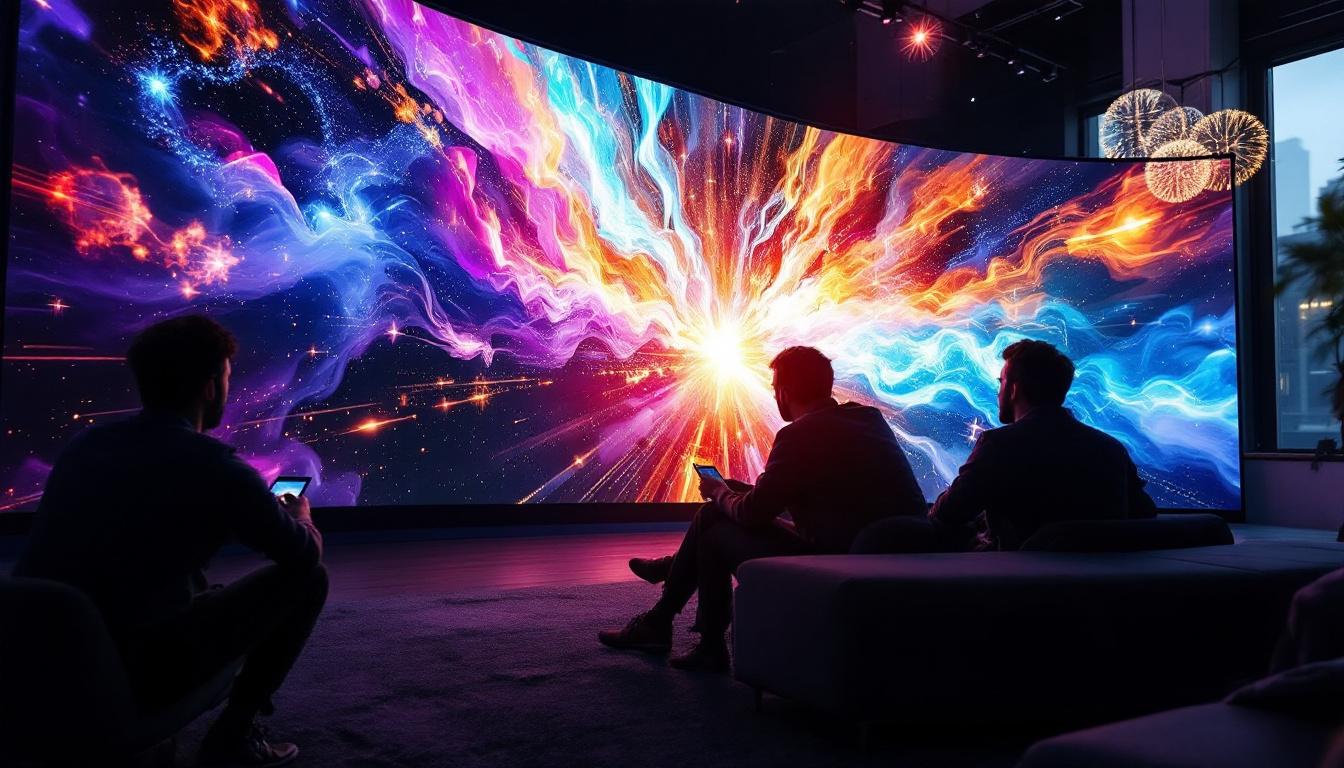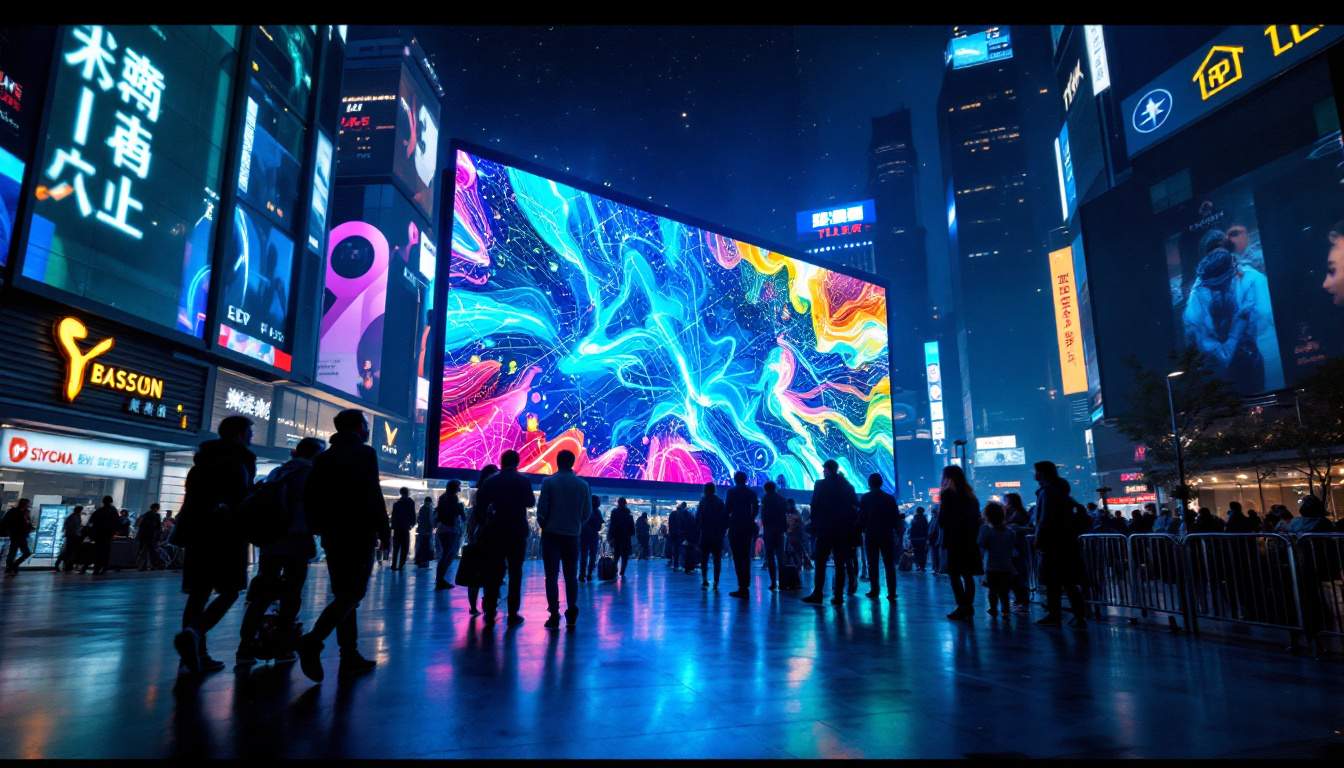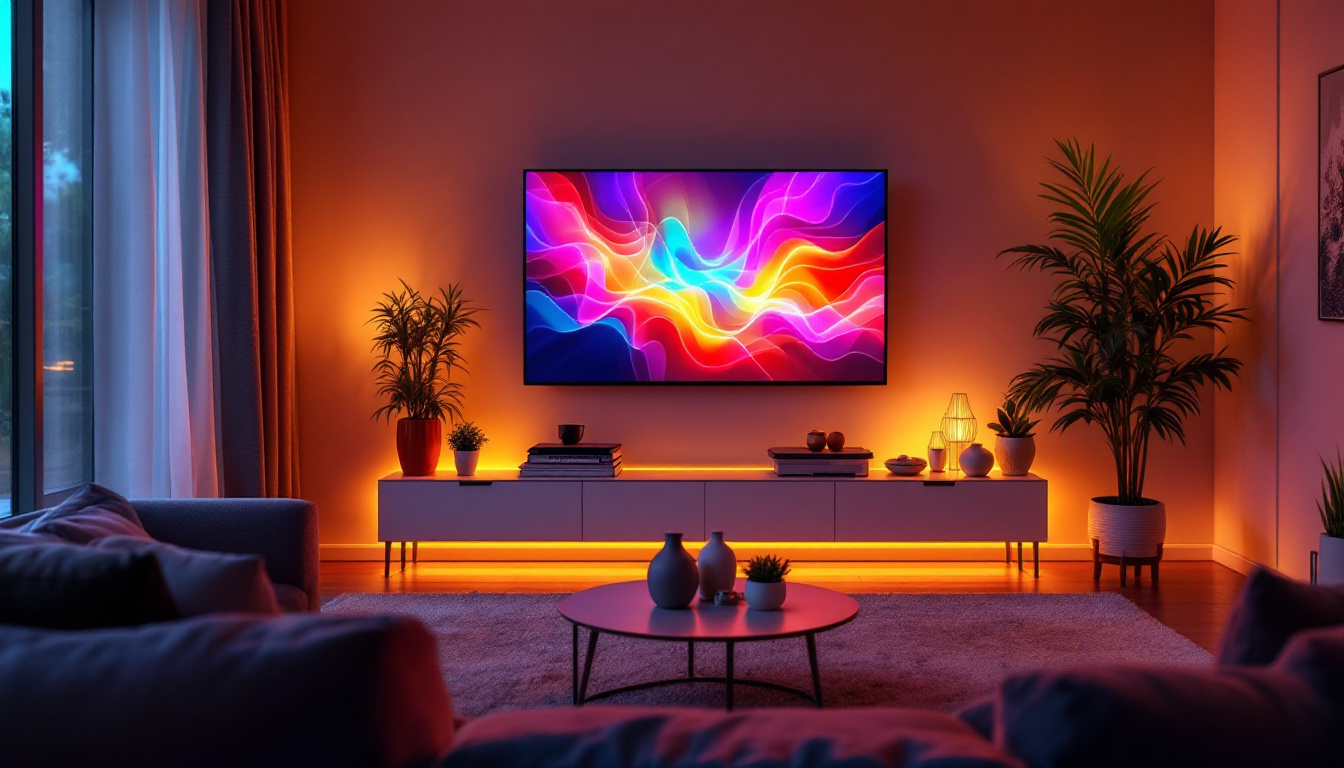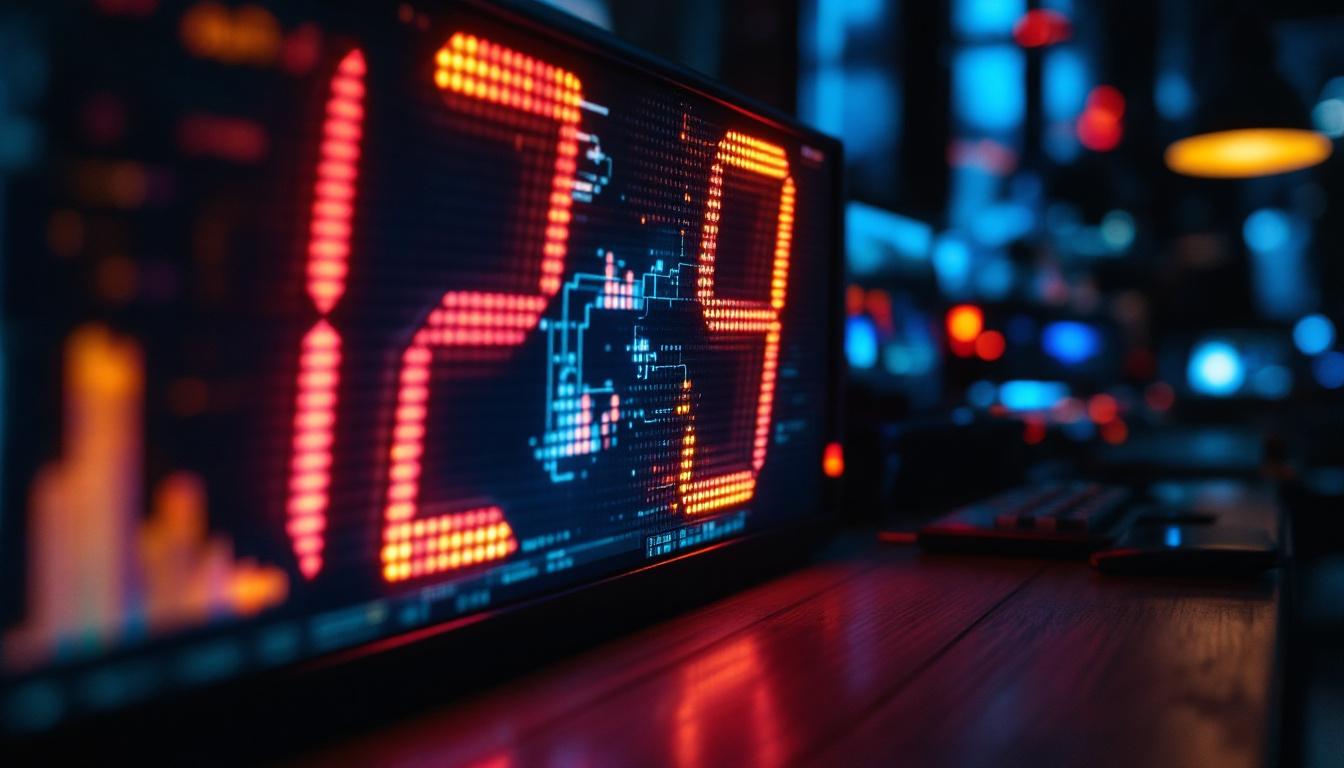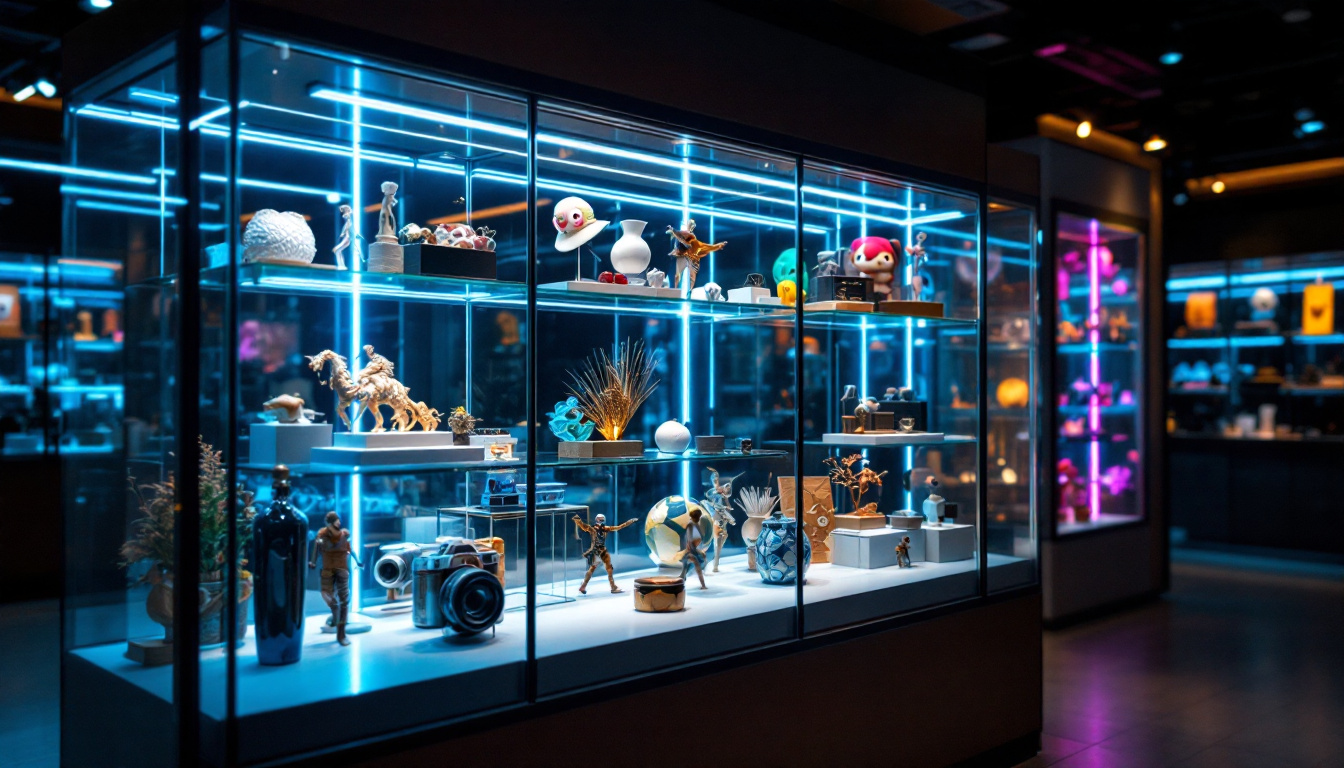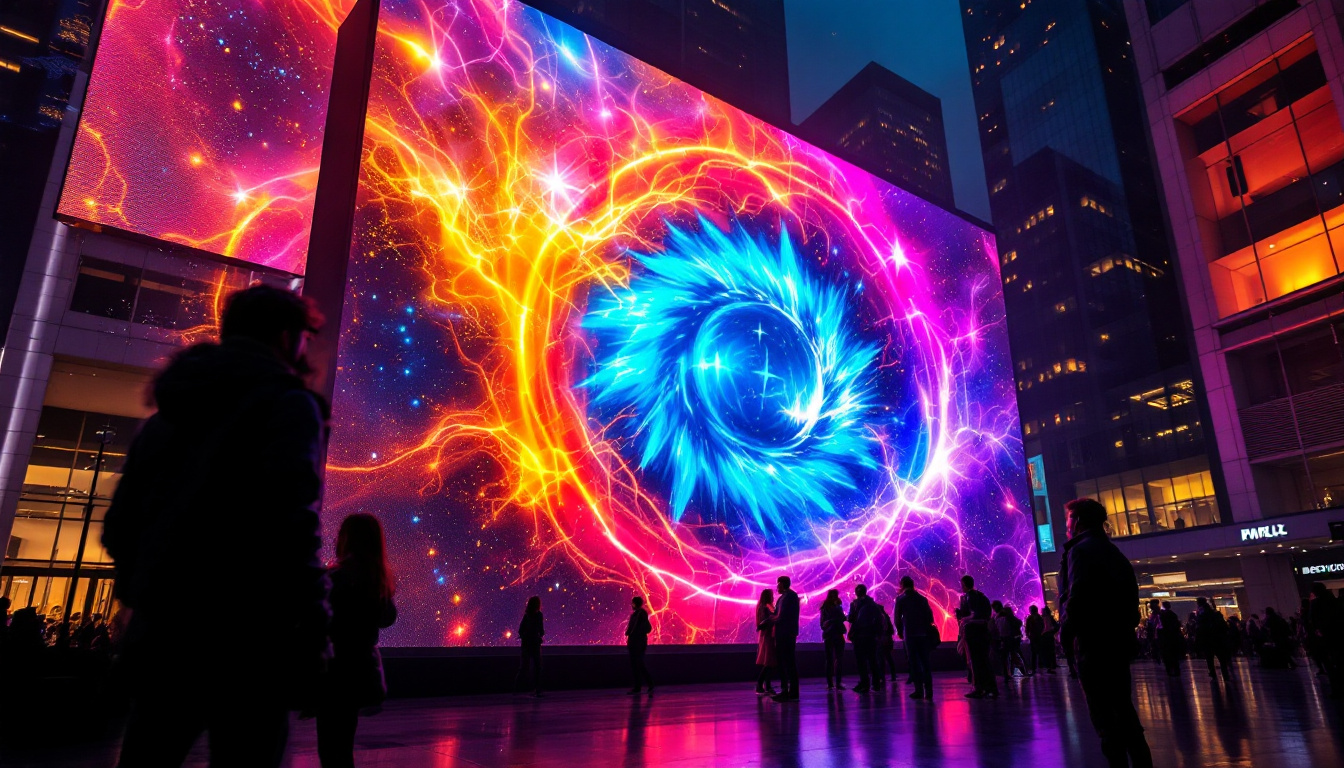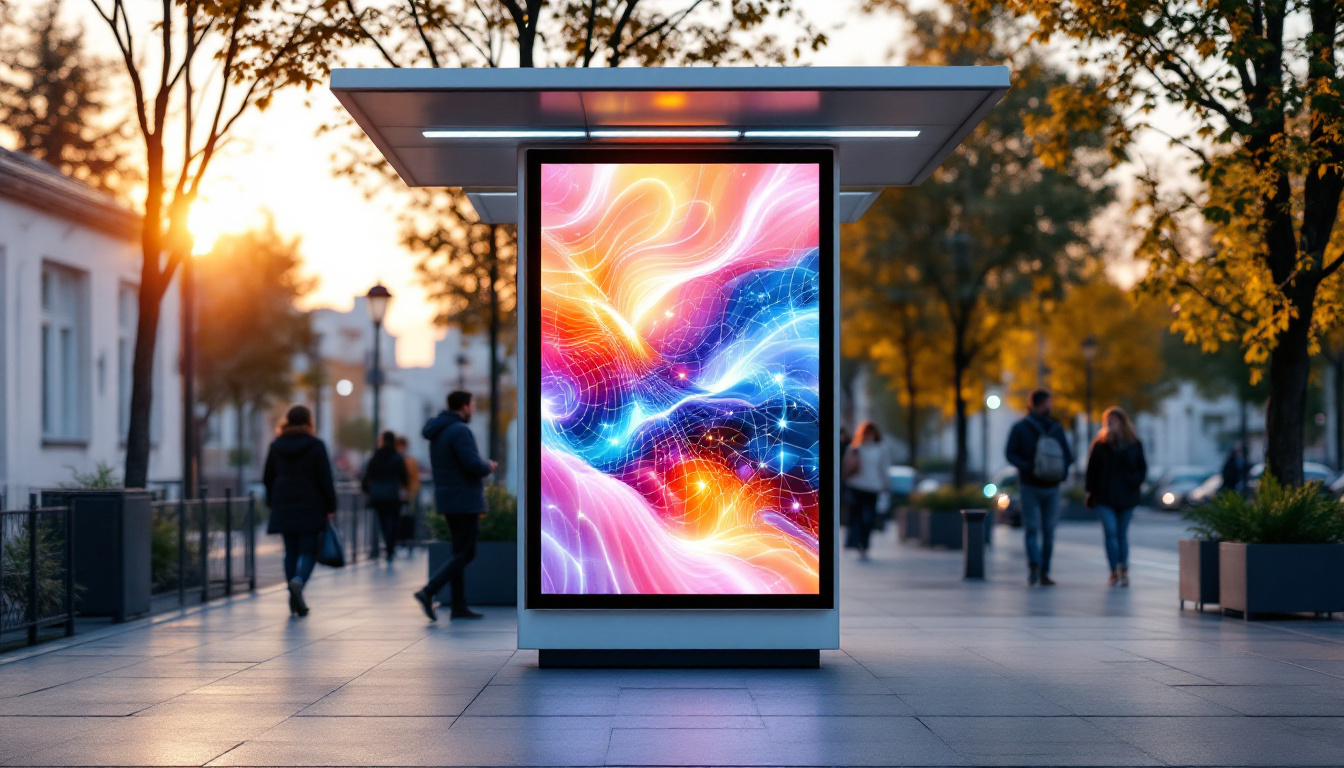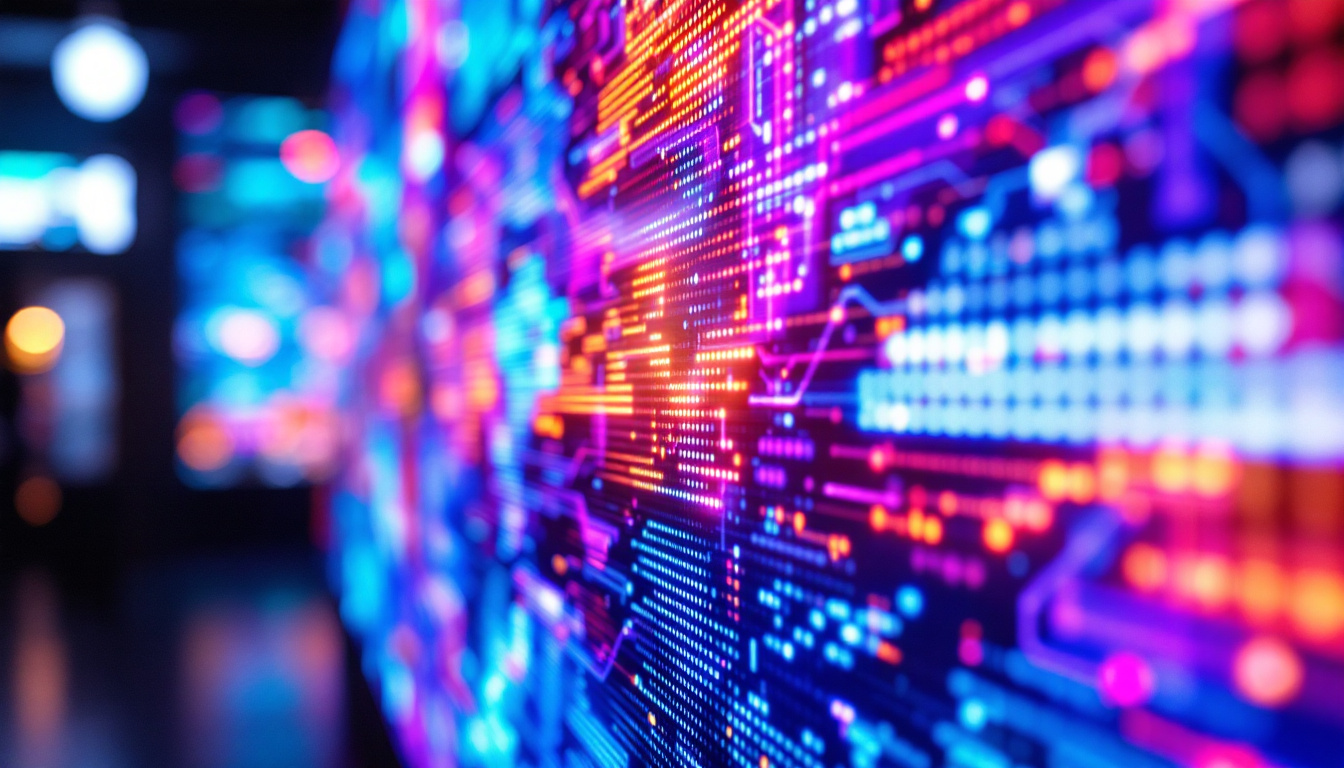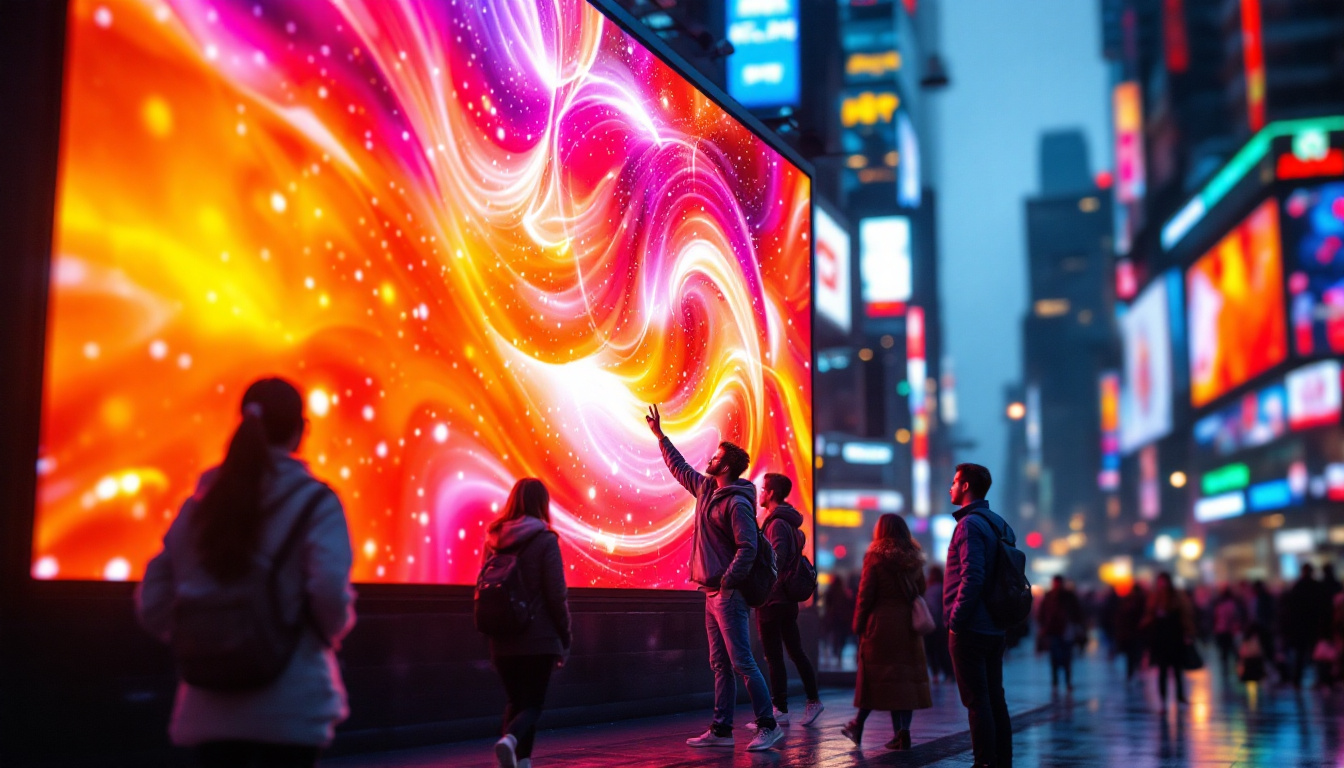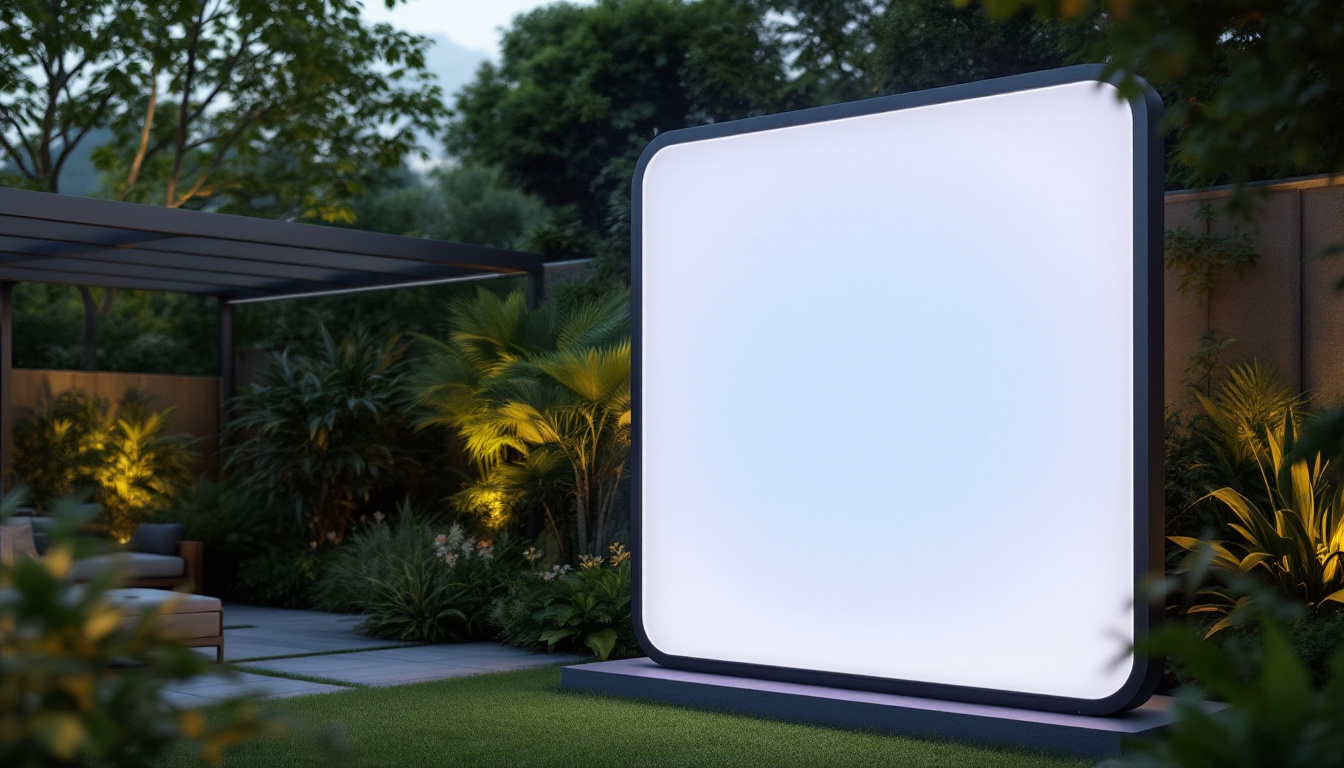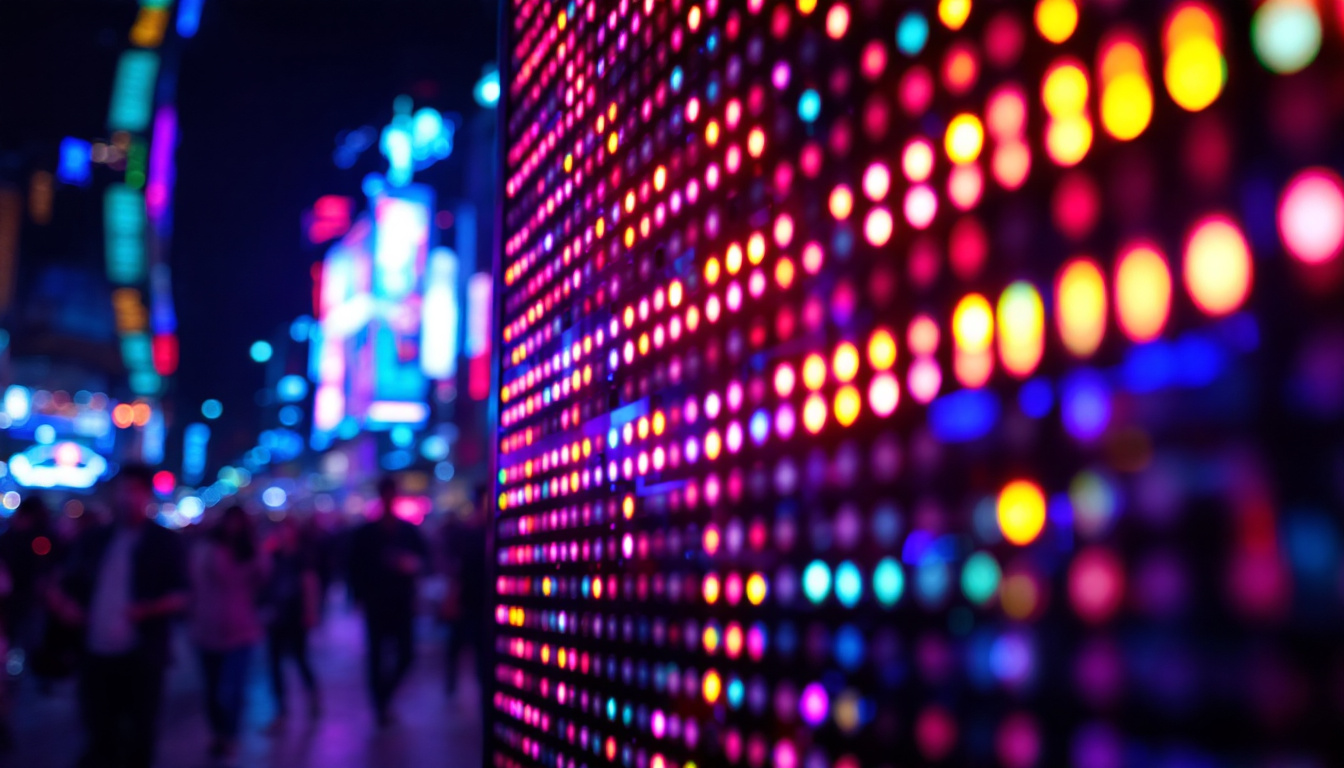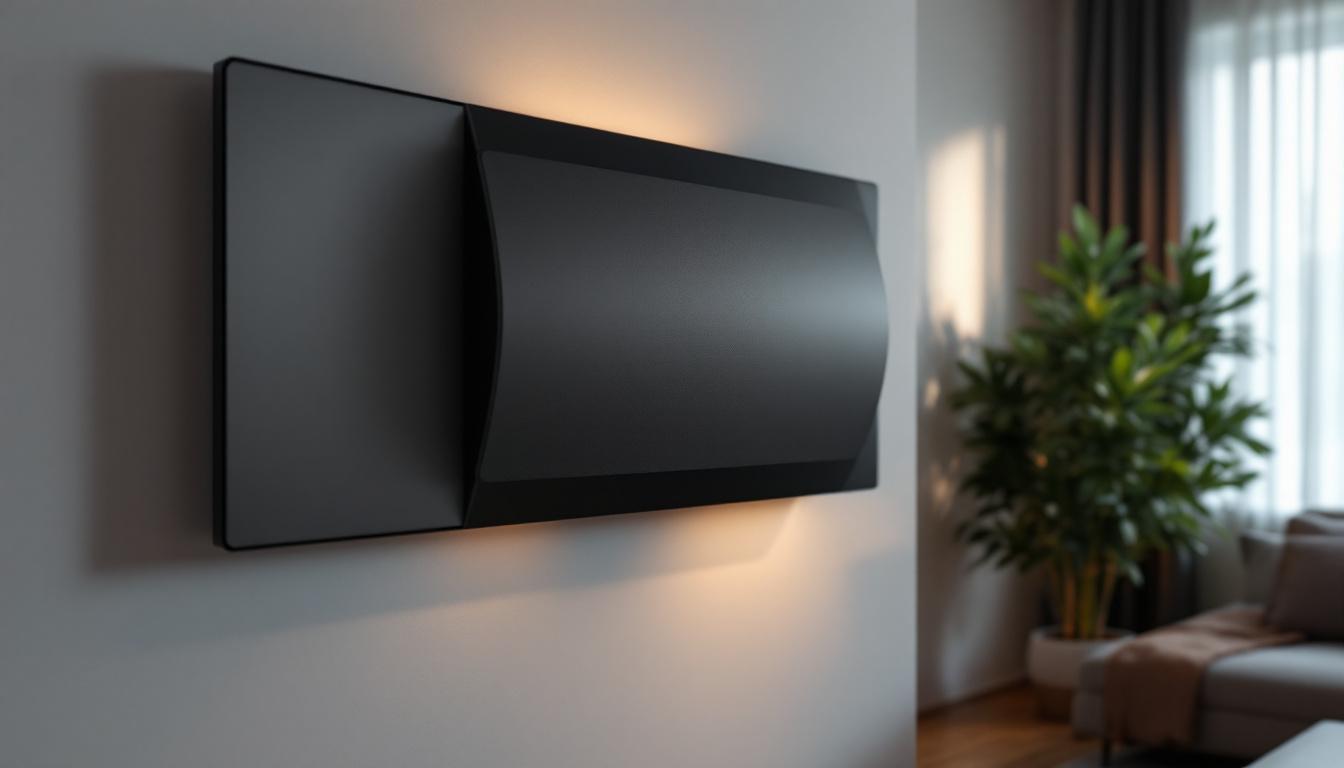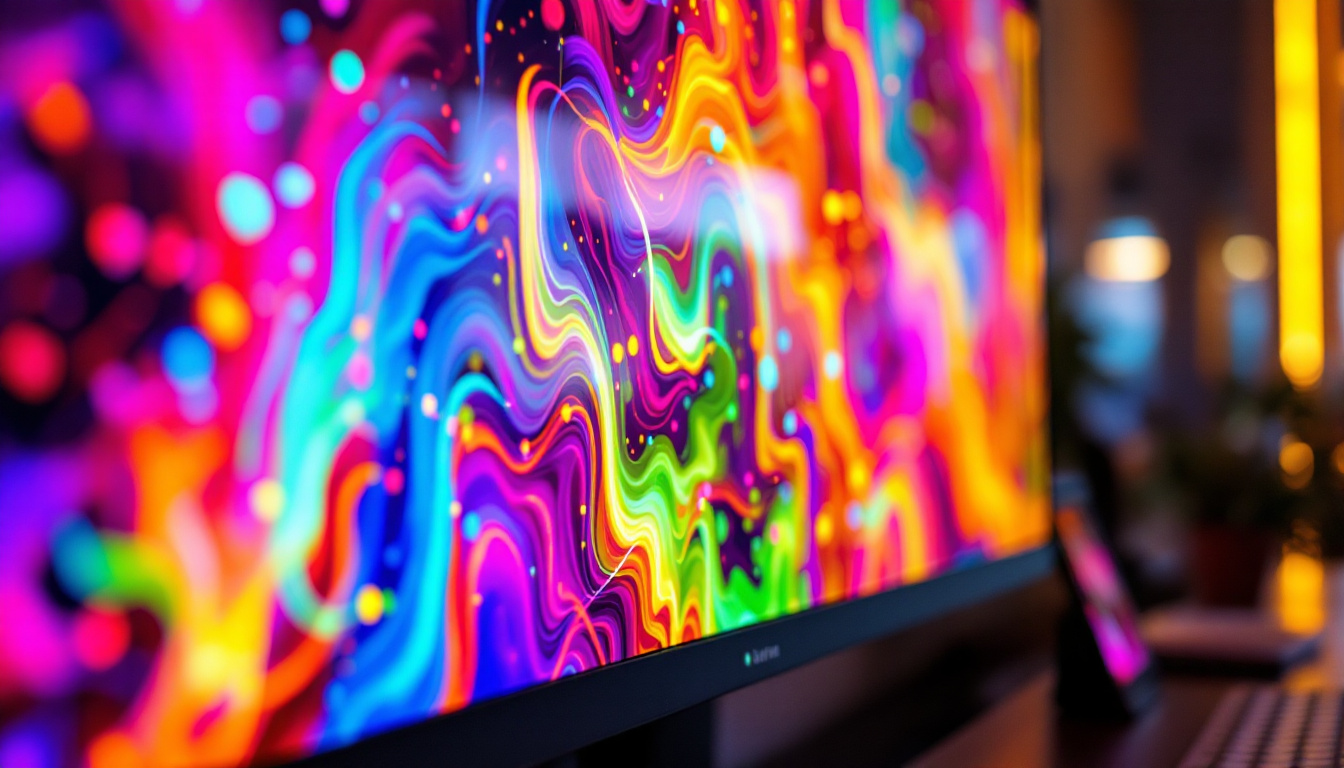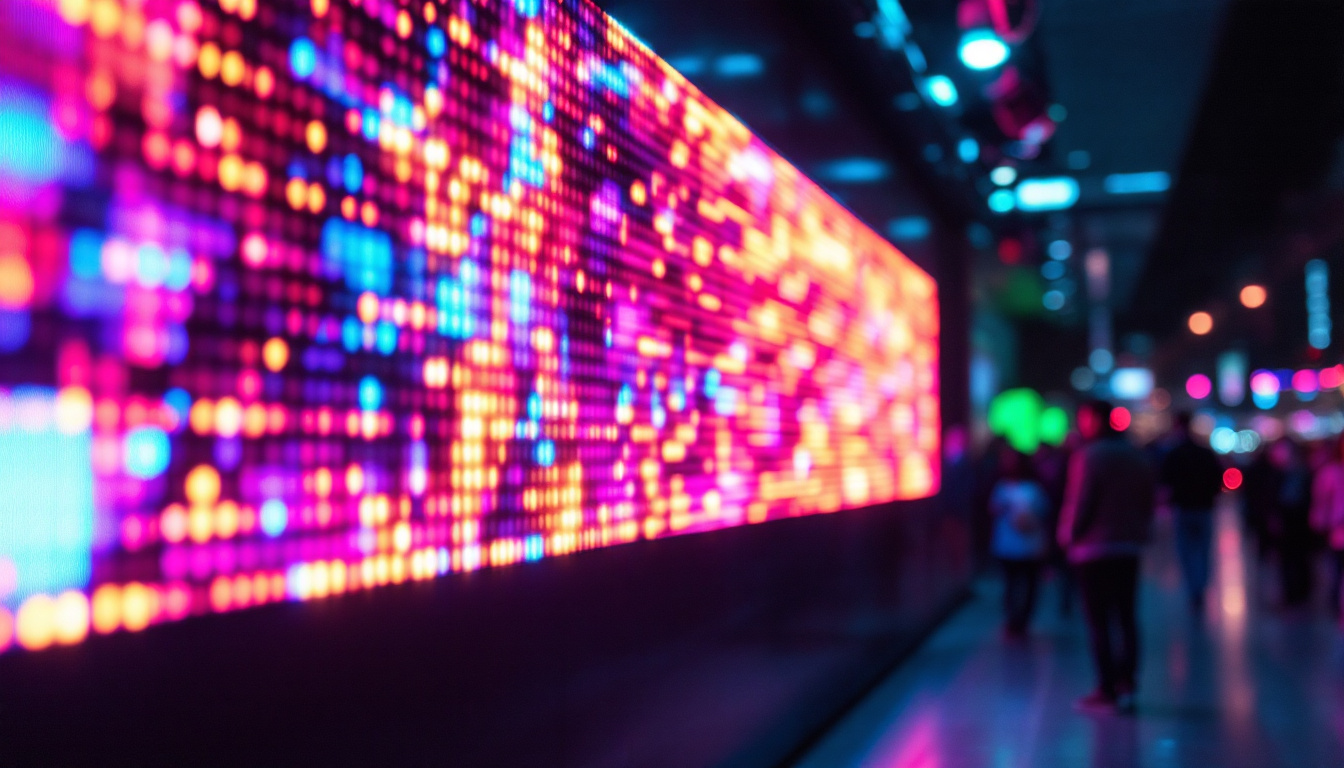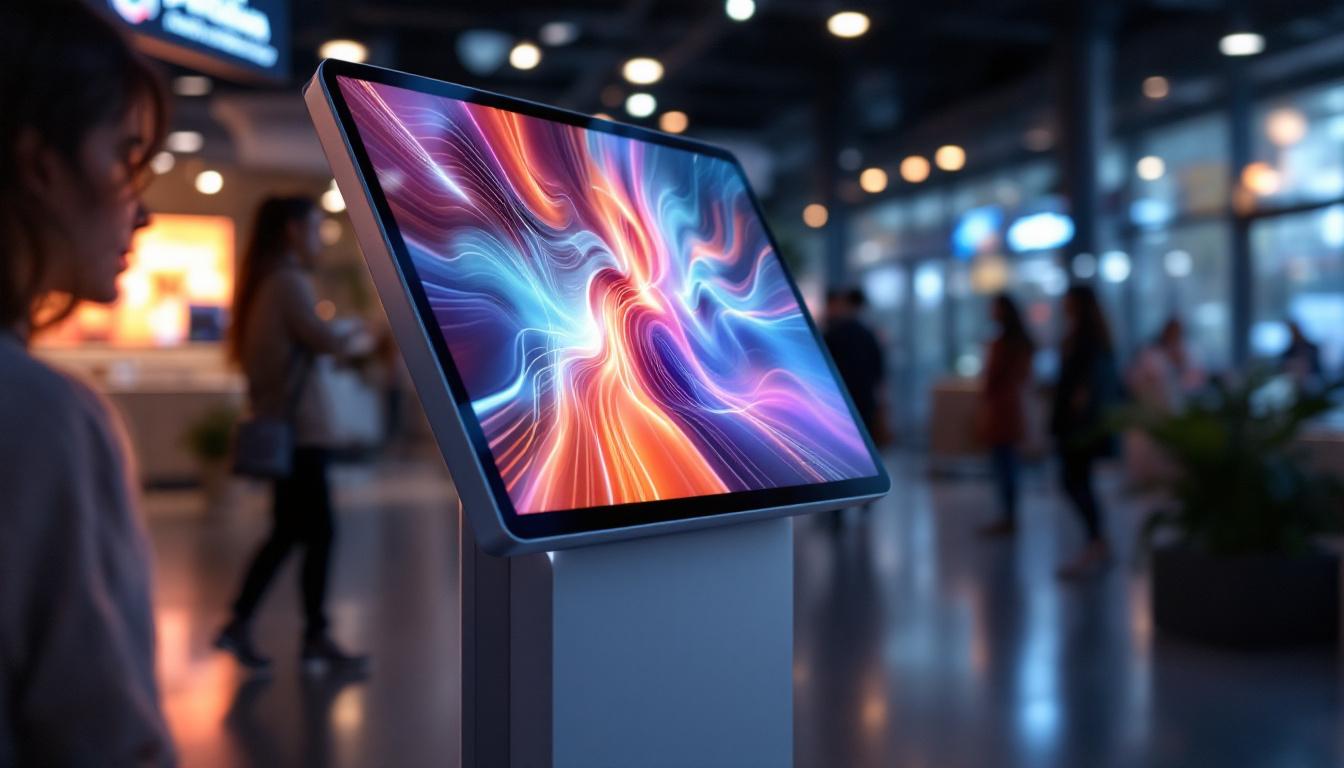Series: LED Display Explained
In recent years, LED displays have become ubiquitous in various sectors, from advertising to entertainment and even in everyday consumer electronics. They have revolutionized the way information is presented, providing vibrant colors, high contrast, and energy efficiency. This article delves into the intricacies of LED displays, exploring their technology, applications, advantages, and future trends.
Understanding LED Technology
LED, or Light Emitting Diode, is a semiconductor device that emits light when an electric current passes through it. The technology has evolved significantly since its inception, leading to the development of various types of LED displays. Understanding the basic principles behind LED technology is essential for appreciating its applications and benefits.
How LEDs Work
At the core of LED technology is the semiconductor material that emits light. When electrons move through the semiconductor, they recombine with holes, releasing energy in the form of photons. The color of the light emitted depends on the materials used in the semiconductor. For instance, gallium nitride produces blue light, while gallium phosphide generates green.
LEDs can be categorized into two main types: traditional and organic. Traditional LEDs are made from inorganic materials, while organic LEDs (OLEDs) use organic compounds to emit light. OLEDs offer advantages such as flexibility and the ability to produce richer colors, making them popular in high-end displays. Additionally, OLED technology allows for thinner screens and improved energy efficiency, which is particularly beneficial in mobile devices where battery life is a critical factor.
Types of LED Displays
LED displays come in various forms, each suited for specific applications. The most common types include:
- Direct View LED Displays: These displays consist of individual LED modules that form a larger screen. They are often used in outdoor advertising and large venues due to their brightness and visibility.
- LED Backlit Displays: Commonly found in televisions and computer monitors, these displays use LEDs to illuminate an LCD panel from behind, enhancing brightness and contrast.
- MicroLED Displays: A newer technology that offers superior color accuracy and energy efficiency, MicroLEDs consist of tiny individual LEDs that can create stunning visuals without the need for a backlight.
In addition to these common types, there are also specialized LED displays designed for specific environments and uses. For example, transparent LED displays are becoming increasingly popular in retail settings, allowing products behind the screen to remain visible while still delivering dynamic advertising content. Furthermore, flexible LED displays are being developed for use in innovative applications such as wearable technology and curved screens, offering designers unprecedented creative freedom. As the technology continues to advance, the potential for LED displays to transform various industries remains vast and exciting.
Applications of LED Displays
The versatility of LED displays allows them to be employed in a wide range of applications. From commercial use to personal gadgets, their impact is profound and far-reaching.
Advertising and Marketing
One of the most prominent uses of LED displays is in advertising. Billboards and digital signage utilize high-resolution LED screens to capture the attention of passersby. The ability to change content dynamically allows advertisers to tailor messages based on time, location, and audience demographics.
Moreover, LED displays can be integrated with interactive technology, enabling consumers to engage with advertisements through touch screens or mobile applications. This interactivity enhances user experience and increases the effectiveness of marketing campaigns. The incorporation of augmented reality (AR) features into LED displays further amplifies engagement, allowing consumers to visualize products in real-time, thereby bridging the gap between digital and physical shopping experiences.
Entertainment and Events
In the entertainment industry, LED displays play a crucial role in concerts, festivals, and sporting events. Large-scale LED screens provide audiences with clear visuals, enhancing the overall experience. The flexibility of LED technology allows for creative stage designs, where screens can be shaped and positioned in various configurations.
Additionally, LED technology is widely used in movie theaters and home cinemas. The high brightness and contrast ratios of LED displays contribute to a more immersive viewing experience, making them a preferred choice for filmmakers and audiences alike. Beyond traditional cinema, LED displays are also revolutionizing the gaming industry, with gaming arenas utilizing massive LED walls to create an engaging atmosphere for both players and spectators, showcasing live gameplay and dynamic graphics that elevate the competitive experience.
Consumer Electronics
LED displays have become a staple in consumer electronics, especially in televisions, smartphones, and computer monitors. The transition from traditional LCDs to LED-backlit displays has resulted in thinner, lighter, and more energy-efficient devices.
Smart TVs, equipped with LED technology, offer enhanced picture quality and smart features, allowing users to stream content seamlessly. Similarly, LED displays in smartphones provide vibrant colors and sharp images, making them ideal for photography and gaming. Furthermore, the rise of wearable technology has also seen LED displays integrated into smartwatches and fitness trackers, providing users with real-time updates and notifications right on their wrists. This trend not only showcases the adaptability of LED technology but also highlights its pivotal role in the evolution of personal devices that cater to modern lifestyles.
Advantages of LED Displays
The popularity of LED displays can be attributed to their numerous advantages over traditional display technologies. These benefits range from energy efficiency to superior image quality, making them a preferred choice across various industries.
Energy Efficiency
One of the most significant advantages of LED displays is their energy efficiency. Compared to traditional incandescent or fluorescent lighting, LEDs consume significantly less power. This not only reduces electricity costs but also contributes to a lower carbon footprint.
In commercial settings, the energy savings from using LED displays can be substantial. Businesses can reduce their operational costs while promoting sustainability, which is increasingly important to consumers.
Longevity and Durability
LED displays are known for their long lifespan, often lasting tens of thousands of hours. This durability reduces the frequency of replacements and maintenance, making them a cost-effective solution in the long run.
Moreover, LED technology is more resistant to shock and vibration compared to traditional displays, making them suitable for outdoor environments and high-traffic areas. This resilience ensures that LED displays maintain their performance over time, even in challenging conditions.
Superior Image Quality
LED displays offer exceptional image quality, characterized by high brightness, contrast ratios, and color accuracy. This makes them ideal for applications where visual clarity is paramount, such as in advertising and entertainment.
The ability to display vibrant colors and deep blacks enhances the viewing experience, whether in a cinema or on a smartphone. Additionally, advancements in LED technology, such as HDR (High Dynamic Range), further improve image quality, providing viewers with a more dynamic and lifelike experience.
Challenges and Limitations
Despite their numerous advantages, LED displays are not without challenges. Understanding these limitations is essential for making informed decisions about their use.
Cost Considerations
While the prices of LED displays have decreased over the years, they can still be more expensive than traditional display technologies, particularly for large-scale installations. The initial investment may deter some businesses from adopting LED solutions.
However, it is crucial to consider the long-term savings in energy and maintenance costs. Over time, the total cost of ownership may favor LED displays, making them a worthwhile investment for many organizations.
Viewing Angles
Another challenge associated with LED displays is their viewing angles. Depending on the type of LED technology used, some displays may suffer from color distortion or reduced brightness when viewed from extreme angles.
This limitation is particularly relevant in settings where multiple viewers are present, such as in theaters or large venues. Manufacturers are continuously working to improve viewing angles, but it remains a consideration when selecting an LED display for specific applications.
Future Trends in LED Display Technology
The future of LED display technology is promising, with ongoing innovations that are set to redefine the landscape. As demand for high-quality visuals continues to grow, several trends are emerging.
Advancements in MicroLED Technology
MicroLED technology is at the forefront of the next generation of displays. By utilizing microscopic LEDs, this technology offers even greater color accuracy, energy efficiency, and flexibility compared to traditional LEDs. MicroLED displays can be made thinner and lighter, paving the way for new applications in various fields, including augmented and virtual reality.
As manufacturers invest in MicroLED technology, it is expected to become more accessible, leading to widespread adoption in consumer electronics and commercial displays.
Integration with Smart Technologies
With the rise of the Internet of Things (IoT), LED displays are increasingly being integrated with smart technologies. This integration allows for enhanced interactivity and connectivity, enabling users to control displays through mobile devices or voice commands.
Smart LED displays can also leverage data analytics to deliver personalized content based on user preferences and behavior, creating a more engaging experience for consumers.
Sustainability Initiatives
As environmental concerns continue to grow, the LED display industry is taking steps towards sustainability. Manufacturers are focusing on developing eco-friendly materials and production processes to minimize waste and energy consumption.
Additionally, initiatives aimed at recycling and repurposing old LED displays are gaining traction, further promoting sustainability within the industry. As consumers become more environmentally conscious, businesses that prioritize sustainable practices will likely gain a competitive edge.
Conclusion
LED displays have transformed the way information is presented across various sectors, offering numerous advantages such as energy efficiency, durability, and superior image quality. While challenges remain, ongoing advancements in technology promise to address these limitations and expand the applications of LED displays.
As the industry continues to evolve, staying informed about the latest trends and innovations will be crucial for businesses and consumers alike. Embracing LED technology not only enhances visual experiences but also contributes to a more sustainable future.
Explore Cutting-Edge LED Display Solutions
Ready to elevate your visual experience with the latest in LED technology? Discover LumenMatrix’s innovative LED display solutions, designed to bring your brand to life and captivate your audience. From vibrant Indoor and Outdoor LED Wall Displays to dynamic Vehicle and Sports LED Displays, our offerings cater to a wide array of applications. Experience the future of visual communication with our Custom, All-in-One, and Transparent LED Displays. Check out LumenMatrix LED Display Solutions today and transform your space with unparalleled clarity and impact.

